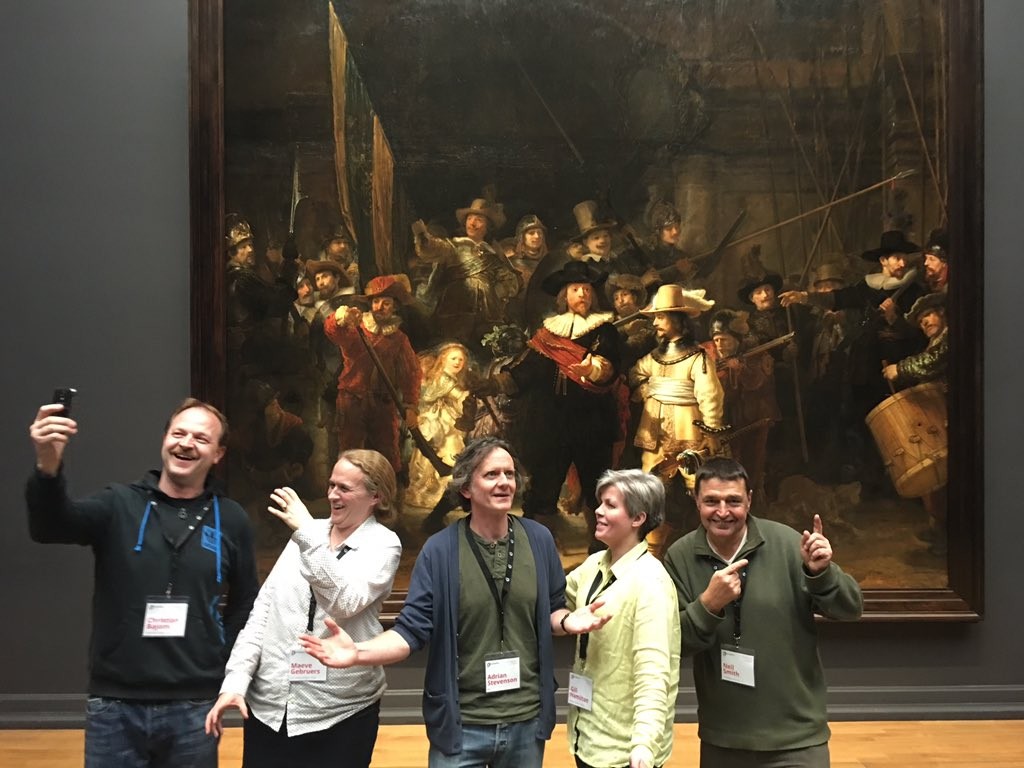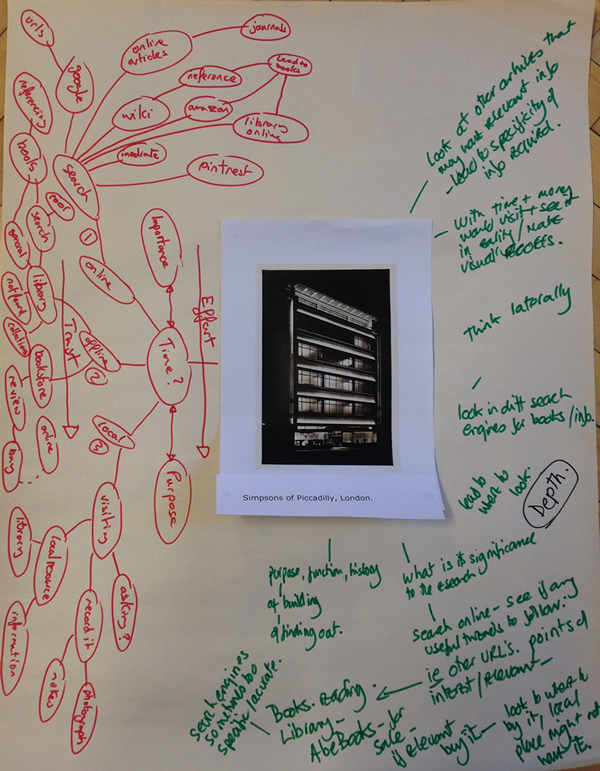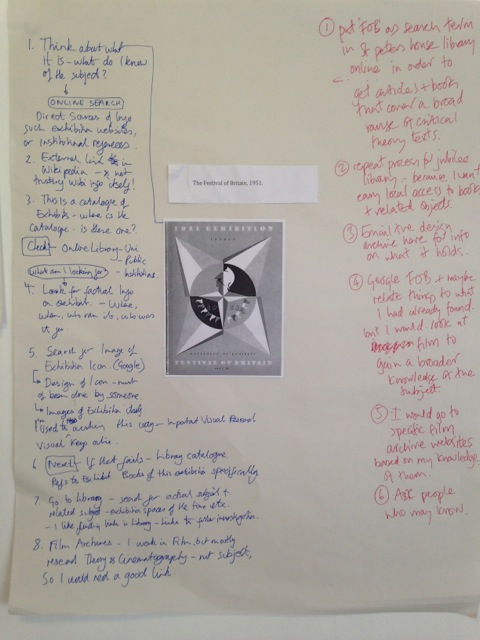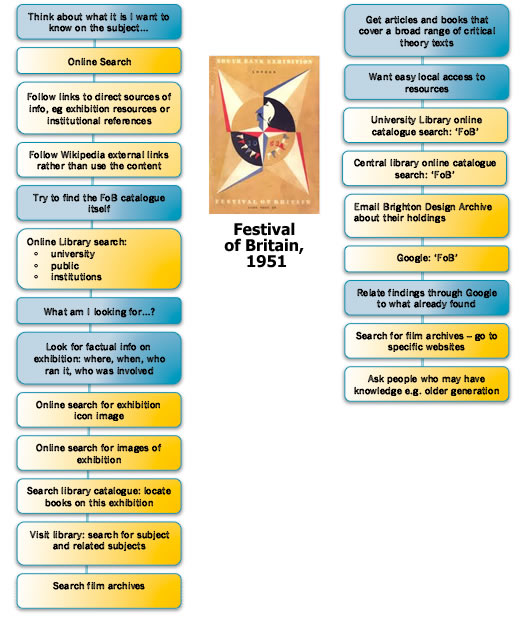I’m just back from another enjoyable and useful Europeana Network Association event where I gave a four minute ‘Ignite Talk’ on our recently completed ‘Exploring British Design’ project that Pete and Jane worked on. As it was such a short talk, I wanted make sure I got the timing right, so actually wrote the talk out. I think it gives quite a good summary of the project, as well as mentioning our connection with Europeana, so I thought it would be worth posting it here along with a link to the slides:
“Hello, my name is Adrian Stevenson and I’m a Senior Technical Coordinator working for Jisc in the UK.
[Introduction slide]
Today I want to briefly outline a one year project we’ve recently completed called ‘Exploring British Design’ which was funded by the Arts and Humanities Research Council.
The technical work and front-end interface for Exploring British Design was developed by the Archives Hub based in the UK. The Hub aggregates archival descriptions from about 280 institutions in the UK, from the very large such as the British Library to the very small such as the Shakespeare’s Globe Theatre, making these archives available to be searched through our website, APIs and findable on Google. For some institutions, the Archives Hub provides their only web presence, so it’s an important service for the archives sector in the UK.
For ‘Exploring British Design’ we collaborated with one of our enthusiastic contributors, the Brighton Design Archive, based at the University of Brighton. We used the ‘Britain Can Make It’ exhibition from 1946 as a focal point because the Archive has rich collections relating to this exhibition.
So what’s the connection with Europeana? The Archives Hub is in the process of contributing data to the Archives Portal Europe. The plan is that the portal data will be available through Europeana at some point in the future.
[Home page slide]
So lets have a look. This is the home page of the website. You can see that we take people, i.e. the designers and architects, their organisations, and the events they were involved with, such as the exhibition as the starting points, i.e. not the archive records as such.
What’s unique about this project is that we’re going beyond the record as being about about one person, one organisation and having one focus. The reality is that archives are about the connections between all sorts of people, places, and events, such as exhibitions, and much of this information is effectively ‘locked in’ the archival records. This is what we’re trying to draw out.
The idea is that anything can be a primary focus: people, organisations, places, events or archive collections. Some of you may recognise this as an idea relating to linked data, and indeed this is loosely the approach we took for the under the hood implementation. We also looked at an archival name authority standard called EAC-CPF to help with this.
[Designer slide]
You see here how we’ve tried to emphasise the relationship types, such as ‘friend of’, ‘collaborates with, ‘colleague of’ and so on. Researchers are most interested in people, events, etc. not in archives per se.
[Exhibition slide]
This is a view of the exhibition page, focussing in on it as an event in its own right with a location, related people, etc. This sort of information hasn’t historically been captured all that usefully in archival descriptions.
[Visualisation slide]
We included visualisations, but these actually fall far short of the complexity of the relationships. It’s quite hard to get these to work effectively, but they give a sense of the relationships between architect Jane Drew and Le Corbusier, or even Croydon High School for Girls.
So hopefully you can get a sense of how we’ve tried to present researchers with more flexible routes through the connections we created, helping to surface relationships between people, organisations and events that were effectively hidden in the more traditional document-based way of presenting information.”
There was an excellent reception in the evening at the Rijksmuseum where we were lucky enough to get a private view of the ‘Gallery of Honour’. It was a great opportunity to get a picture by Rembrandt’s ‘Night Watch’ so we made the most. Thanks again to Europeana!




